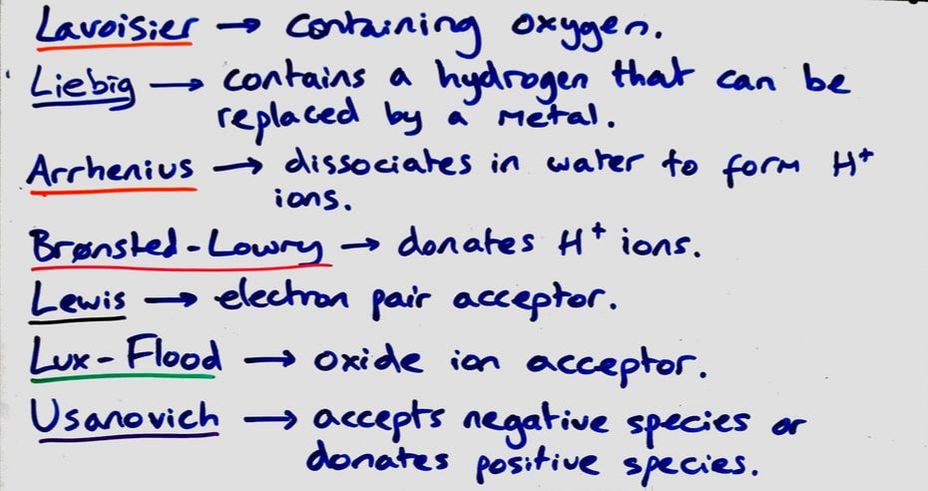Time: 1 hour.
Task: At the beginning of 2016, London exceeded its yearly NO2 emission after just a week. The production and impact of these gases includes some reasonably complicated chemistry that may not be easily understood by many. Create a group poster/blog that explains the chemistry involved as simply as possible .
Task: At the beginning of 2016, London exceeded its yearly NO2 emission after just a week. The production and impact of these gases includes some reasonably complicated chemistry that may not be easily understood by many. Create a group poster/blog that explains the chemistry involved as simply as possible .
References:
Cecil, N. (2015). 'Oxford Street pollution levels breached EU annual limit just four. Evening Standard. Retrieved 17 January 2016, from http://www.standard.co.uk/news/london/oxford-street-pollution-levels-breached-annual-limit-just-four-days-into-2015-9959849.html
Vidal, J. (2010). UK air pollution causes 50,000 early deaths a year, say MPs. the Guardian. Retrieved 17 January 2016, from http://www.theguardian.com/environment/2010/mar/22/air-pollution-deaths
Cecil, N. (2015). 'Oxford Street pollution levels breached EU annual limit just four. Evening Standard. Retrieved 17 January 2016, from http://www.standard.co.uk/news/london/oxford-street-pollution-levels-breached-annual-limit-just-four-days-into-2015-9959849.html
Vidal, J. (2010). UK air pollution causes 50,000 early deaths a year, say MPs. the Guardian. Retrieved 17 January 2016, from http://www.theguardian.com/environment/2010/mar/22/air-pollution-deaths
Activity 2 - Theories of acids
Subtopic 8.1 - Theories of acids and bases
NOS statement 5.1 - The evidence is used to develop theories
Time: 5 min.
Task:
a. Look at the different groups of "acids" below. Assume that the groups are ordered in chronological order of being classified as "acids". In each case decide what can be deduced about acids (using only their formulas) and which of the previous deductions can then be discarded.
a. Look at the different groups of "acids" below. Assume that the groups are ordered in chronological order of being classified as "acids". In each case decide what can be deduced about acids (using only their formulas) and which of the previous deductions can then be discarded.
|
A
HNO3 H2SO3 H3PO4 |
B
HCN HCl HBr |
C
C5H6NH3+ HSO4- |
D
BF3 AlCl3 |
Activity 3 - The importance of definitions in chemistry
|
Subtopic 8.1 - Theories of acids and bases
NOS statement 5.5 - Another key issue is the use of appropriate terminology.
Time: 10 min.
Task: The image to the left shows 7 different definitions of an acid. Use a Venn diagram to represent them.
|


